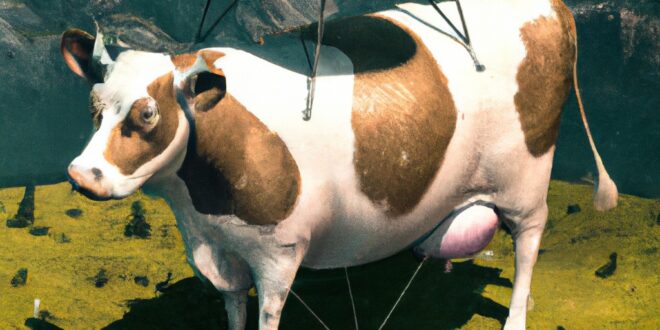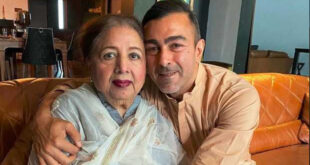1. Introduction
In recent years, artificial intelligence (AI) technologies have become a fundamental part of many fields, including art. A notable example is OpenArt.ai, a platform that uses AI to create artworks and images based on textual prompts. This article aims to provide a technical overview of how OpenArt.ai works, focusing on the AI and data science techniques underlying this platform.
2. Core Technologies
OpenArt.ai primarily relies on artificial intelligence techniques known as Generative Adversarial Networks (GANs) and Text-to-Image Models. Let’s explore how these techniques work:
A. Generative Adversarial Networks (GANs)
GANs are one of the leading techniques for creating new content. They consist of two main models:
- Generator: Creates new data (such as images).
- Discriminator: Evaluates the data generated by the generator and decides whether it is real or not.
The generator and discriminator work in a competitive loop where each continually improves its performance. The generator strives to enhance the realism of the generated images, while the discriminator aims to be more accurate in distinguishing real from fake images.
References:
- Ian Goodfellow et al. (2014). “Generative Adversarial Nets”. Advances in Neural Information Processing Systems (NeurIPS). Link
- Zhang, Han et al. (2019). “Self-Attention Generative Adversarial Networks”. Proceedings of the IEEE Conference on Computer Vision and Pattern Recognition (CVPR). Link
B. Text-to-Image Models
OpenArt.ai uses text-to-image models to convert textual prompts into images. Among the models used in this context are Transformers such as DALL·E and Stable Diffusion. These models process textual descriptions and understand their context to generate images that align with the provided description.
The models rely on Recurrent Neural Networks (RNNs) and Diffusion Models, which help improve image quality through multiple stages, enhancing the ability to create detailed and contextually accurate images.
References:
- Ramesh, Aditya et al. (2021). “Zero-Shot Text-to-Image Generation”. Proceedings of the IEEE Conference on Computer Vision and Pattern Recognition (CVPR). Link
- Ho, Jonathan et al. (2020). “Denoising Diffusion Probabilistic Models”. Advances in Neural Information Processing Systems (NeurIPS). Link
3. Training and Learning Processes
To train AI models in OpenArt.ai, large datasets containing images and associated textual descriptions are used. During training, the model learns how to correlate textual descriptions with visual features, enabling it to generate new images based on provided textual prompts.
Training steps include:
- Data Collection: Gathering datasets containing images and descriptive texts.
- Data Processing: Cleaning and formatting the data for model training.
- Model Training: Using training data to teach the model how to generate images that match the texts.
- Model Testing: Evaluating the model’s performance using a test dataset to ensure the accuracy and realism of the generated images.
References:
- Goodfellow, Ian et al. (2016). “Deep Learning”. MIT Press. Link
- Kingma, D.P., & Welling, M. (2014). “Auto-Encoding Variational Bayes”. International Conference on Learning Representations (ICLR). Link
4. Challenges and Opportunities
Despite significant advances, developing models like OpenArt.ai faces challenges related to accuracy, realism, and avoiding biases. Researchers need to address issues such as:
- Data Diversity: Ensuring the dataset includes a wide range of styles and topics to avoid bias.
- Image Quality Improvement: Ensuring the generated images are of high quality and realistic.
References:
- Buolamwini, Joy, & Gebru, Timnit. (2018). “Gender Shades: Intersectional Accuracy Disparities in Commercial Gender Classification”. Proceedings of the 2018 Conference on Fairness, Accountability, and Transparency (FAT/ML). Link
- Elgendy, Mohamed, & Elragal, Ahmed. (2021). “Fairness and Bias in AI”. Springer. Link
5. Conclusion
OpenArt.ai represents an exciting and innovative technology in the field of AI and art. By using techniques such as GANs and text-to-image models, the platform has managed to provide powerful tools for automatic art creation based on textual prompts. To understand how to further improve and develop these models, data science and AI students need to study the fundamentals of these techniques and address current challenges.
 Makkah Lovers
Makkah Lovers



